|
Welcome ladies, gentlemen, whomever, to my third and last instalment of posts about the wonderful country of Israel. In case you missed my first two, there’s still time to go back and enjoy them: one on science and religion and the other on hummus and the Shabbat. Do not fret; this is not some kind of preordained George Lucas Trilogy prequel whatever. Think of it more like a Wim Wenders kinda stream of consciousness where you can start anywhere and there is no real ending.
Travelling to Israel was such a joy- particularly, finding a direct flight from Cairo, Egypt to Tel Aviv, Israel. As you may or may not know, Israel does not get along very well with Arab nations. Because of this, booking a direct flight online was nearly impossible. Let me tell you how I was to book a direct flight from Cairo, Egypt to Tel Aviv, Israel.
First: I searched for flights from Cairo to Tel Aviv through an online flight search engine. Flying from such close proximity, I figured finding a direct flight would be a simple endeavor. Not so. The cheapest flight was almost eight hours and mandated that I make a layover in Jordan. The shortest flight was almost six hours and required that I travel through Istanbul. However, I noticed that if I tried to book the flight from Alexandria, Egypt to Tel Aviv, Israel no direct flights were available, but there was a flight available from Alexandria to Cairo to Tel Aviv, Israel. That’s odd, I thought. I can book a flight online from Cairo to Tel Aviv direct only if I start in the city of Alexandria? Surely there must be a way to book the flight from Cairo to Tel Aviv.
Second: I investigated this phenomenon and discovered that there is only one way to book this flight through Air Sinai- an EgyptAir affiliate. To book a direct flight from Cairo to Tel Aviv requires you to contact Air Sinai customer service directly with the flight number, date, and time you would like to travel. However, the only way I could have even discovered that this flight existed was by happening to find it by searching for flights from Alexandria to Tel Aviv. In addition, when I finally found a way to contact this airline online, the email address was a Hotmail account. Seriously- the customer service email address for Air Sinai is <[email protected]>. Lastly, and the ultimate icing on the cake, is that the response from the Hotmail account is to wire money to an account (+ $35 transfer charge) via Western Union and to send a copy of my passport via email. Thinking I’d soon be claiming $5 million from some long lost uncle in Nigeria only to discover my identity has been stolen and that I’m suddenly wanted in Russia for some kind of human trafficking- I decided against wiring money and sending my passport to a Hotmail address.

[email protected] requests I wire money to an account and send them a picture of my passport via email
Third: Upon further investigation, I realized that there was another way to book the direct flight from Cairo to Tel Aviv. This involved going directly to an EgyptAir counter and telling them the flight number and date I wanted- again, only possible by stumbling across this information when searching for an indirect flight via Alexandria (entering TEL as a destination is not even an option on the EgyptAir website). When I went to the EgyptAir counter in Athens, Greece, they told me that they were not permitted to sell me the ticket. The only way to purchase the ticket was to wire the money to the account sent in the Hotmail email or to visit the EgyptAir counter in Cairo. So, immediately after landing in Cairo from Athens, I went to the EgyptAir ticket counter and bought a direct ticket from Cairo to Tel Aviv.
Before entering Israel, I investigated the website of the Central Intelligence Agency (CIA) of the United States. Here are some of their ‘tips and tricks’:
To board the plane, all passengers must take a transport bus onto the tarmac. As we pulled up to the plane, I noticed that none of our bags had been loaded onto the plane. Rather, the entire checked luggage was waiting on the tarmac to be claimed, one-by-one, by each passenger boarding the plane. This was a security measure to make sure no ‘extra’ luggage boarded the plane- likely to avoid a repeat of EgyptAir Flight 804 or Metrojet Flight 9268.
After landing in Israel, all passengers are requested to check-in at the immigration office. This is standard procedure- here they check passports etc… Usually this takes about five or so minutes- they take your picture, sometimes your finger prints, ask you father’s name, etc… Not this time. They asked me a series of questions about my family- questions that they could not possibly have known the answers too since I had not provided them with any of that information. After answering, they told me that I was not permitted to enter the country and that I needed to take a seat in a waiting room. In the waiting room was an international group of bored and confused individuals with no idea for what they were waiting. I left the room and asked, “what am I waiting for?” “We need to interview you. Wait in there.”
After about forty-five minutes, I was asked to “follow me [if you want to live]”, and was escorted to another, even smaller room. I was asked to sit at a chair in front of a white office desk. Behind the desk sat a man behind a computer screen, to my right near the ceiling, hung a picture of Benjamin Netanyahu, and to the right of that picture, back at desk level, sat another gentleman. All three were wearing professional attire. And there I sat, for over an hour, essentially answering “who is your daddy and what does he do?”
Tel Aviv University
My first stop is the Tel Aviv University and a look into all of the fascinating research going on around campus!
Keren Golub was my main connection at the Tel Aviv University. I contacted her after my former advisor, Bruce Rittmann, suggested that I visit her lab. Keren is working with her adviser Uri Gophna on characterizing bacterial communities in microbial fuel cells (MFCs) change over time. Her research is unique in that her research focuses primarily on understanding the bacteria which are not related to the biofilm. Most studies in the field are focused on the metal reducing, or anode respiring bacteria (ARB), that make up the biofilm anode. However, it is important to understand the role that all bacteria play in MFCs in order to better understand the ‘whole picture.’ During her research, she investigates how different nutrients in the anode media can fundamentally alter the microbial community and effect MFC performance. From this research, she has also discovered unique bacteria from the Desulfuromonas genus.
During my visit, just before my lecture, Leah Reshef gave a presentation titled “Microbial Pouch Ecology – Interactions Between Bacteria, Fungi, and Inflammation.” An important research topic within the fields of microbiology and medicine is the connection and interaction of the microorganisms that inhabit our body and us. Currently, there is an ongoing global research project known as the Human Microbiome Project (HMP). Similar to the Human Genome Project which sequenced the entire human genome in the early 2000’s, the HMP is attempting to sequence all of the microorganisms associated with our bodies. The underlying logic is that, even with the entire human genome sequenced, we do not yet understand the underlying causes of and cures to many diseases- the hope is that we will find some of the answers in the cells that live on our cells. This is a very ambitious task for many reasons, and here I’ll highlight two.
Want to contribute? Join the open access community at the American Gut / Human Food Project now!
Mark Polikovsky studies algae at a fundamental and practical level. Taking inspiration from German research scientists Thomas Wichard, Mark looks at how microalgae change morphology in the presence of bacteria. In addition, Mark is interested in building insolating walls made of algae for business complexes. Mark hopes that one day he will line the walls of Tel Aviv University in large plastic tubes filled with algae. This has a double benefit since the photosynthetic algae both provide insulation for the building by keeping it cool during summer months and keeping hot air from escaping during winter months, and the algae absorb the sunlight and produce biomass which can be treated to generate biofuels.
I met Nurit Bar-Shai on the rooftop of Tel Aviv University. Here, the university has incorporated the building’s irrigation system into a rooftop garden so that they greywater produced by its occupants can be recycled to grow vegetables and flowers. Nurit recently began pursuing her PhD at Tel Aviv University as a science-artist. Before coming to Israel, she co-founded a community biolab in New York called Genspace which enabled everyday citizens to take part in science with onsite training. From the Genspace website:
“Remember when science was fun?
At Genspace it still is. Genspace is a nonprofit organization dedicated to promoting education in molecular biology for both children and adults. We work inside and outside of traditional settings, providing a safe, supportive environment for training and mentoring in biotechnology.” Biohub Israel
After meeting with Mark and Nurit, Nurit invited me to an event which was happening that night with an organization called BiohubIL. BiohubIL is a community of makers and biohackers in Israel that host events throughout the year. This evening, the club was hosting a British ‘bioartist’ named Anna Dumitriu. Anna is obsessed with infectious diseases and genetically modified organisms. This obsession has led her to incorporate remnants of infectious agents into each one of her artworks. This includes extracting tuberculosis (TB) DNA and then embedding it into the fabric of her artwork. From her Tumblr account:
The video above is of Anna's presentation at BiohubIL.
“Anna Dumitriu is a British artist whose work fuses craft, technology and bioscience to explore our relationship to the microbial world, biomedicine and technology. She has an international exhibition profile, having exhibited at venues including The Picasso Museum in Barcelona, The Science Gallery in Dublin, The Museum of Contemporary Art (MOCA) Taipei, and The V & A Museum in London. Her work is held in several major public collections, including the Science Museum London and Eden Project. She is artist in residence on the Modernising Medical Microbiology Project at the University of Oxford, a visiting research fellow: artist in residence in the Department of Computer Science at The University of Hertfordshire, and an honorary research fellow in the Wellcome Trust Brighton and Sussex Centre for Global Health at Brighton and Sussex Medical School...”
Right now, she is focused on ‘The Romantic Disease’ and is constructing artwork to display the interesting role TB has played in the development of western society. The episode of American Experience titled 'The Forgotten Plague' that I have posted below shows how TB essentially led to the development of much of the American West including Colorado, Arizona, and many other states. Even more intriguing is the ‘genius-germ hypotheses’ which suggests that certain infectious diseases, like TB, may be linked to the development of increased brain function in populations with high rates of infection and thus may contribute to the development of geniuses. As Apte 2009 states:
“… tuberculosis epidemics endemic to Europe but not to Asia are therefore speculated to positively select for schizotypal genes or alteration of the lipid metabolism phenotype in this population resulting in “evolutionary disproportionate” increases in cerebro-diversity and cognition beyond the threshold required to affect scientific or technological paradigm change - as occurred in the Renaissance and during the Industrial Revolution.”
Agricultural Research Organization, Volcani Center
The next lab I visited was only a few minutes down the road in the Ministry of Agriculture and Rural Development. Here, at the Volcani Center, I am visiting the lab of Dror Minz. In addition to Dror’s lab, the Ministry of Agriculture and Rural Development also houses the Institute of Plant Sciences which contains the Israel Gene Bank. The Israel Gene bank hold over 26,000 samples, accounting for over 1100 unique plant species- about half of which were collected from Israel. The Institute also contains aDepartment of Fruit Breeding and Genetics in additional to several greenhouses which are used to cultivate fruit bearing crops. Here, researchers are on the prowl for sustainable genetically modified food sources.
Dror’s lab is in the Institute of Soil, Water and Environmental Sciences. Here, Dror’s group is interested in the health of plant root systems. In Israel, about 86% of all water used for agriculture is from reclaimed wastewater and most of the rest is from desalinated sea water. What this means is that almost all of the plants grown in Israel that are used for food purposes come from water that used to sewage. Prior studies have determined that plant growth with reclaimed wastewater has minimal impact on plant growth, that it may increase growth yields, and that it may reduce the occurrence of antibiotic resistance bacteria. Dror is interested in determining if using reclaimed wastewater has any effect on the microorganisms that live on (rhizoplane) and around (rhizosphere) the root systems of the planted crops. So far, preliminary research has shown that ammonia oxidizing bacteria (AOB) are the most effected. If you want to learn more about ammonia oxidizing bacteria, check out some prior blogs about nitrogen cycles from EAWAG, Switzerland and GENOCOV, Spain.
Here is a podcast from the show Radiolab titled "From Tree to Shining Tree" which explains the importance of the plant root system and why a negative impact on one plant can have a huge impact on an entire field of plants.
Looking specifically at the nitrogen cycles found in the soil is Alla Usyskin. Alla’s research is interested in the impact of nitrous oxide production in the soil from agriculture since nitrous oxide is a greenhouse gas that is 300x more powerful than carbon dioxide as a greenhouse gas. Unfortunately, in the European Union, thelargest source of nitrous oxide (nearly half) is the agricultural sector. Because of this, it is important that nitrous oxide production be kept to a minimum during in agricultural settings. To do this, we must understand how changes in the agricultural system impact nitrous oxide production and microbial populations. Alla’s research is still too preliminary to draw any clear conclusions so check her progress regularly to find out how TWW effects nitrous oxide production.
Robert Morano is interested in determining how using reclaimed wastewater impacts the development of antibiotic resistance in bacteria. The research paper from the previous paragraph reveals that there is a lot of reason to be optimistic about the fact that levels of antibiotic resistance did not rise when using reclaimed wastewater; however, the paper also warns:
“Although this conclusion is a cause for cautious optimism regarding the future implementation of treated wastewater (TWW) irrigation, we conclude that further studies aimed at assessing the scope of horizontal gene transfer between effluent-associated ARB and soil bacteria need to be further conducted before ruling out the possible contribution of TWW irrigation to antibiotic-resistant reservoirs in irrigated soils.” For this reason, Robert is working with ANSWER to assess theimpacts of TWW on the development of anti-biotic resistance in bacteria within the agricultural plant rhizosphere. Negev (Sde Boker): Ben Gurion University of the Negev
The next university is the Zuckerberg Institute for Water Research at the Ben Gurion University of the Negev.
Zeev Ronen is interested in all aspects of Israel’s water supply. He is interested in using reclaimed or treated wastewater rather than desalinating sea water because it has a significantly smaller energy demand. Water from the sea has a salt concentration of nearly 3g/l compared to only 0.5g/l for wastewater- the goal for agricultural water is less than 0.25g/l (depending on location and regulation). Obviously, more salt means more membranes, means more cost. Neverthe less, the use of desalinated water is on the rise and Israel currently uses 600 million cubic meters of desalinated water per year from the Mediterranean Sea at an estimated operational cost of about $45,000,000,000 per year!
A Red Sea-Dead Sea Canal that costs $10 billion and funded by the World Bank is now underway in Israel. The 180km pipeline will pump seawater from the Red Sea to the Dead Sea- essentially making it no longer ‘dead.’ “The plant would have a capcity of 320 million m3 (cubic meters)/year at start up, rising to 850 m3/year by 2060. It would require 247 MW of power in 2020 and 556 MW in 2060 [;however, the difference in elevation of around 650m shall be used to operate a hydroelectric power plant. The generated energy shall then be used for the desalination plant (Link 2013)]. The post-desalination high-salinity water would be piped to the Dead Sea with a view to halting, and eventually reversing, its shrinkage. Furthermore a hydroelectric plant would be built, supplying electricity to Jordan, Israel and the Palestinian Authority (Josephs 2015).”
Noya Ran is a student in the laboratory of Moshe Herzberg. Here, she is investigating biofouling in membranes. Biofouling is when bacteria grown on the surface of a membrane and eventually form a biofilm on top of the membrane. This biofilm prevents flow through the membrane and leads to system failure. By understanding the conditions that promote and demote biofilm formation, Noya will be able to improve the performance of water filtration technologies that rely on membranes- including desalination.
Uri Yogev is developing a completely off-grid aquaponics systems. The abstract from his recent publication in ‘Water’:
“Food security, specifically in water scarce regions, is an increasing local and global challenge. Finding new ways to increase agricultural production in a sustainable manner is required. The current study suggests a conceptual model to integrate established recirculating aquaculture practices into a near-zero discharge aquaponic system that efficiently utilizes water, excreted nutrients and organic matter for energy. The suggested model allows to significantly extend the planted area and recover energy in the form of biogas to operate the system off-grid. A mass balance model of nitrogen, carbon and energy was established and solved, based on data from the literature. Results demonstrate that a fish standing stock of about 700 kg would produce 3.4 tons of fish annually and enough nutrients to grow about 35 tons of tomatoes per year (chosen as a model plant) and recover sufficient energy (70 kWh/day) to run the system on biogas and use less water. If proven successful, this approach may play a major role in sustainably enhancing food security in rural and water scarce regions.”
After giving lectures at all three campuses, I had some time to reflect on the future of young research scientists. In Israel, every single professor requested that I give my talk about #ScienceTheEarth rather than my scientific research. After the lecture, I got some questions from students that stayed until we were literally escorted out by Zeev so that the next group could enter the room. This was the first time; however, that I received an email from a student after my presentation. The email was:
“Hey Brad, Thanks for coming to talk this week at Ben Gurion University in Sde Boqer… I am studying aquaculture and methods for biofiltration of fish waste. I also like fly fishing, baseball, and barbecue. I had to head to a study group so was not able to stay and chat, but want to let you know again how refreshing your talk was. I am just beginning my PhD here and a lot of what you said resonated with me: impostor syndrome, importance of learning how to influence others and communicate ideas, as well as making time for spontaneity; as well as the idea of trying to be "good enough" for those around us. Many of these ideas have been floating around in my head for some years now and I am glad they are in other peoples as well, especially people involved in the aquatic sciences :) I worked for five years for environmental engineering firm as a fisheries biologist in the US before moving to Israel last year. And found it such an up-hill battle to get people to even consider some of the ideas you discussed in your talk, and in practical ways too like with volunteering and involvement in professional societies. I am curious why you think some of the most intelligent and well-educated people that are in our world have such a resistance to malleability in their thought process? Or as you stated so bluntly, but perfectly, a resistance to awareness of their thought process (i.e. begin thinking). I am not sure your talk covers the root causes or potential root causes of this behavior, or perhaps I missed it? It would be great to read your thoughts on this. Safe travels and I hope our paths can cross again! Very Best,”
To answer:
(I have excluded your name from the blog post in case you are not comfortable with people knowing your identity. Please let me know if you would like me to include it as I can easily edit the website and give you credit for the question.) Thank you for the email. I apologize for not responding to it sooner. I understand that it is not easy to talk about personal feelings and I commend you for your courage in reaching out. I am going to give a response here that goes all the way to the end of this blog, so make sure to scroll all the way down. I have included some links to previous blogs that discuss similar ideas- I highly recommend to click those links, scroll through those blogs, and write me your response(s).
You are not alone in your feelings related to impostor syndrome, inadequacy, and wondering about whether you are good enough. The first time I gave the precursor to this lecture, it was with my lab only a few weeks after defending my dissertation. We had a considerable lab group so when I gave this lecture, it was to a room of about 30 people including friends, advisers, and colleagues that I had known for the better part of six years. These were people that I would see again the next day and will maintain relationships with for the rest of my life. I gave this lecture with no expectations. My adviser (one of the most supportive people in my life) told me that I should talk about the content of my dissertation, but when I loaded my presentation the whole group was confronted with a title slide reading: “Reflections from Graduate School.”
I’ll never forget when I first talked about these things in front of the group. During this lecture, I told everyone, for the first time, how I felt for most of the last six years. I concluded by telling them that I planned to leave academia for a year to conduct #ScienceTheEarth before the blog had a name. Looking back at the old slide show is like looking back at a picture of me as a high school biology student- preliminary, messy, and with little direction.
This was a time of complete vulnerability. I was confessing to room full of professionals and students that all this time I had felt inadequate; and now that I had graduated, my plan was to travel the world without a payroll or a complete plan. During the presentation, I noticed the impact my words had on people in the room. People I had never seen be emotional became emotional. I was not sure how to react and I got nervous. How many people felt this way and why was nobody talking about it?
After that presentation, many people thanked me for having the courage to say what it was that they felt- for bringing these feelings out of their internal monologue and into the professional lab where it belongs- for beginning a discussion not about our tangible research results, but of our intellectual and emotional well-being. I realized then, the power of trusting others enough to allow ourselves to be vulnerable- of trusting ourselves enough to be vulnerable.
I think people are not eager to talk about these things because it takes a great deal of courage. Instinctually, we shield ourselves from vulnerability in fear that we cannot trust our neighbors. We are culturally indoctrinated to think this way- especially in our western culture which encourages us to ‘do-it-ourselves’ and to be self-reliant. Why share when everyone can ‘buy-their-own?’ Our way of life depends on material selfishness- the idea that if we own the most stuff, we win- the idea that we need to ‘keep up with the Jonses’- the idea that we need to hoard everything for ourselves. In a world of plenty, we are convinced that we are starving and cannot trust our neighbors to feed us- we allow ourselves to believe that survival of the fittest somehow justifies an isolated life guided by social Darwinism. We develop ways to convince ourselves that passion, purpose, and outreach are superfluous- that we’ve outgrown the need for face-to-face interaction since we can acquire the resources essential for life via a drone drop order from the digital world.
As a person that grew up in Phoenix, Arizona, I received the one of the worst public educations from the some of the worst paid teachers in the United States of America- my elementary school was painted lime green and made almost completely out of particle board. For the first ten years of my life, my family shopped at food stores that sold expired food and bought second hand clothes- I wore shirts and shoes that were essentially someone else’s garbage. By working hard throughout high school, I earned a scholarship to fund a good portion of my tuition. My parents offered to pay the rest of my expenses, but I told them not too (though they did provide some financial support). I took a part time job as a cashier, then worked full-time as a line service technician at Phoenix Sky Harbor Airport, and worked on the executive board of anon-profit educational outreach organization.
Source: WalletHub
I have thought very deeply about why and how people in academia and the professional world often are resistant to outreach and vulnerability. For some, it is a complete lack of perspective. It is difficult to understand that some people do not have access to the resources that they did because their living situation was different. As an individual that had to work very hard to accomplish what I have, I understand the importance of activism, outreach, and positive influence. I understand that, given the slate I had in life, it was very difficult for me to accomplish what I have. I do not believe that it should be my legacy to make these accomplishments as difficult for the next generation as it was for mine, so I choose to engage in my community to catalyze the development of young and old minds.
Perhaps the people you speak of see no need for social or emotional satisfaction, or likely they perceive themselves as already having them. Perhaps those discussions are so far off the radar that they cannot even perceive them as relevant. I was this way for several years of my life. Rather than focus on vulnerability and personal growth, I chose to neglect these things under the false pretense that they were unnecessary for success. As long as I was partaking in something that was ‘important’, that was ‘enough.’ However, not taking the time to appreciate the value, to appreciate the purpose of my life and of my actions, was an emotionally unsustainable path.
It was difficult for me at first to even understand that I was repressing a lot of feelings for the sake of ‘productivity’ whether in the lab or in my relationships. I think that’s where a lot of people are at- they are in a place in life that is their ‘status-quo’ or homeostasis. In this place, they can procure adequate resources to survive. In the case of “some of the most intelligent and well-educated people that are in our world”, I think this is especially the scenario. Where they have gotten in life is not the result of malleability in their thoughts, rather, where they have gotten is often from lack-thereof. As I stated in the lecture, we are indoctrinated by academia to follow the rules. We are taught that if we violate those rules, we literally fail at that system. Where in the academic system are we taught about how to form community, or give ourselves purpose, or commit ourselves to acts of outreach?
Our current system is inherently one of anti-vulnerability because we are taught to follow the rules, to remain as objective as possible, and to ‘put-in-our-hours’ until we work our way ‘up-the-latter.’ We learn to resent and resist anything that works outside that system. And then, we wonder why divorce rates are around 50%, why people encounter mid-life crises, why lone gunmen are shooting people, why bankers issue predatory loans and ruin people’s lives. Why is our existential crisis? The answer to me seems clear- our indoctrination is the wrong answer- we can no longer insist thatdiscussions of reason and purpose are irrelevant- that we can remain disconnected from our neighbors and only concerned with perpetuating our materialistic status-quo.
People we often consider ‘smart’ reject change because change is a threat to their hierarchy- a hierarchy they have worked very diligently to perpetuate and escalate. I do not consider these people smart- these people are actually quite the contrary- and this is what I mean when I say that a lot of ‘academics’ are not academic- they’re emotional infants that happened to have read a lot of books. This is why it is so important to have this conversation. We need academia to be more academic. Rather than insist that everything be all about the data all the time, we need to insist that we first confront ourselves, that we define our purpose, that we establish our reason, and then with our knowledge of self, work as the catalyst our neighbors need to achieve their highest potential. Given the amount of support and the level of discussion I have had this year with researchers from major institutions all around the world- I am optimistic that people are seeing this truth and eager to spread this new scientific awareness.
0 Comments
|
Science /ˈsīəns/
|

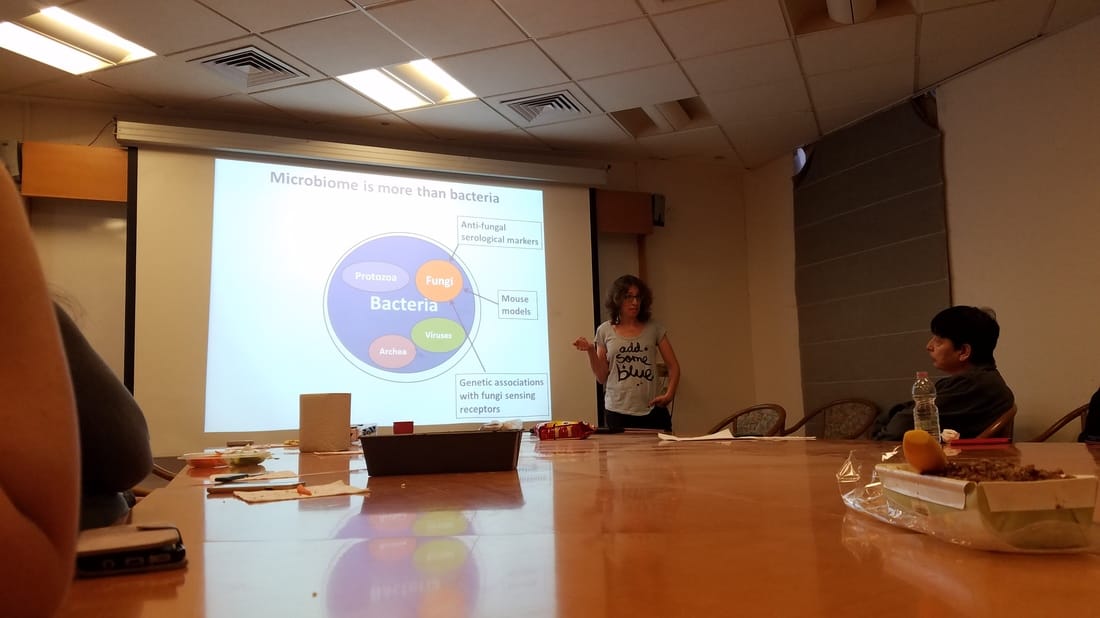
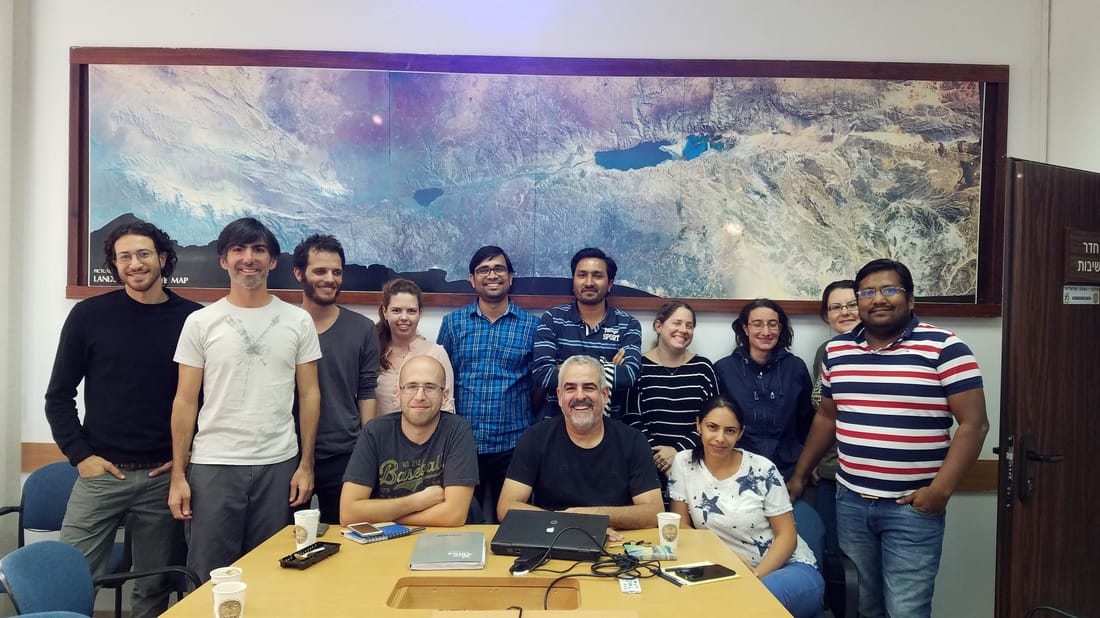
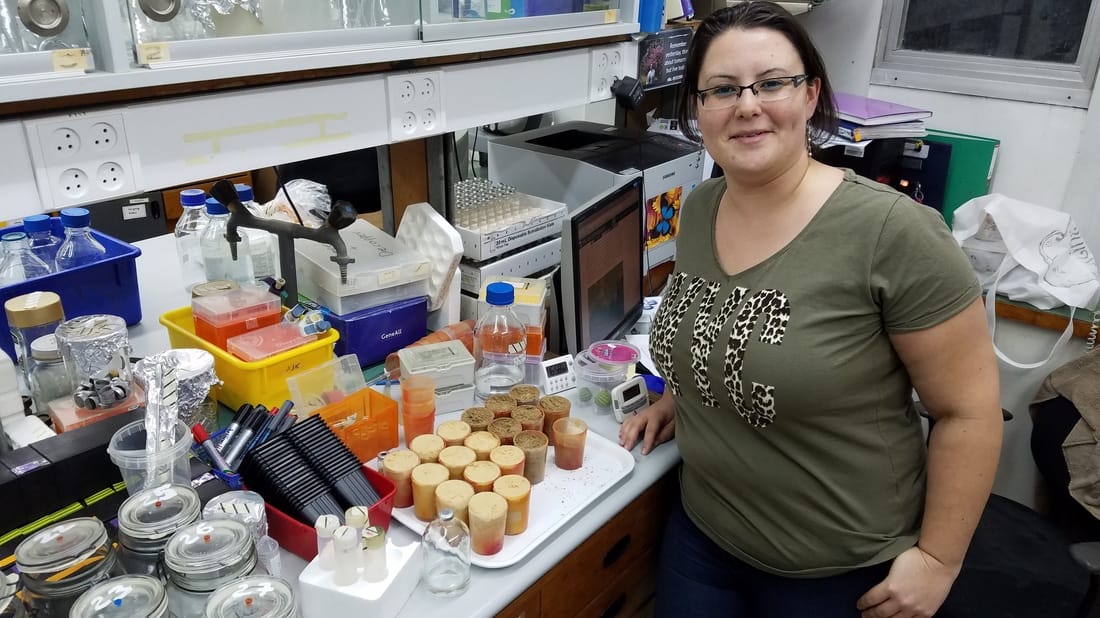
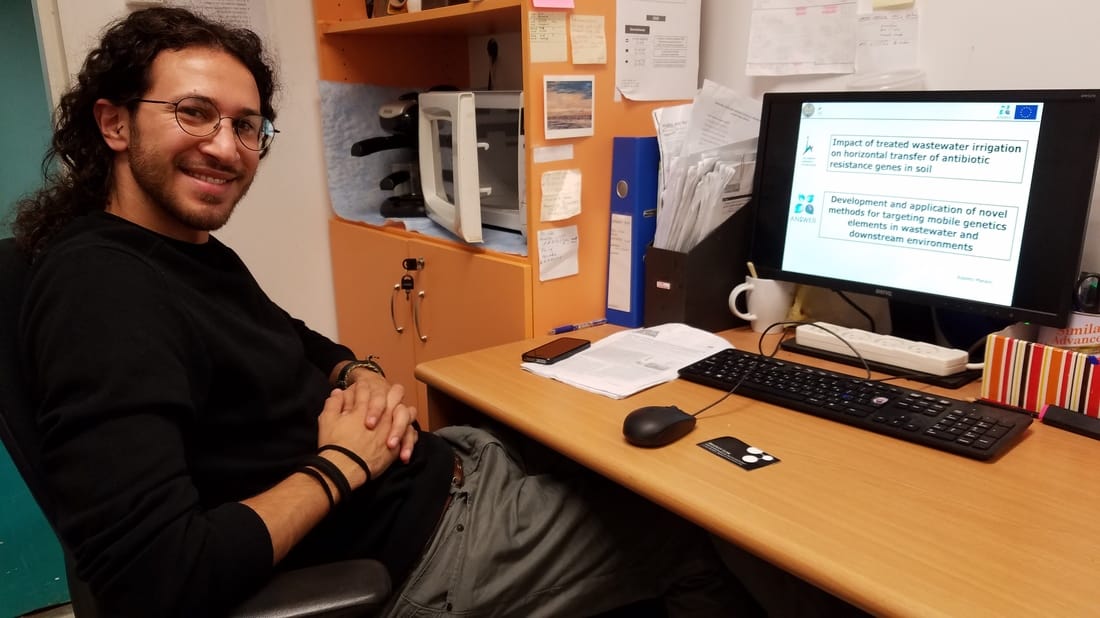
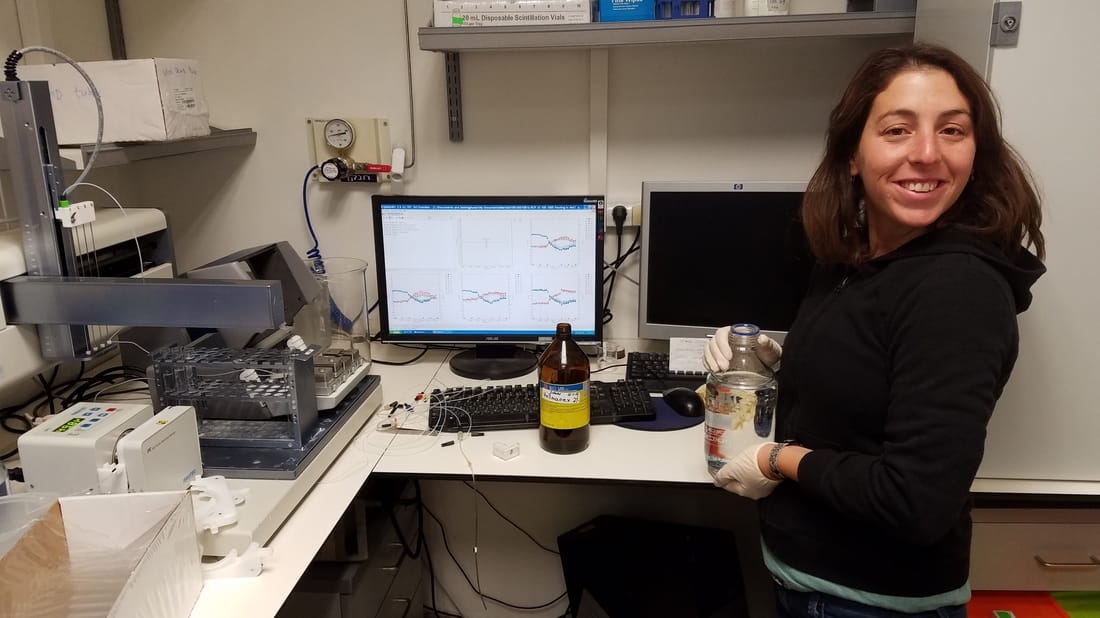
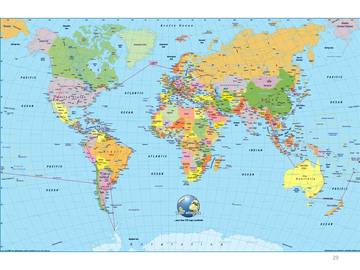
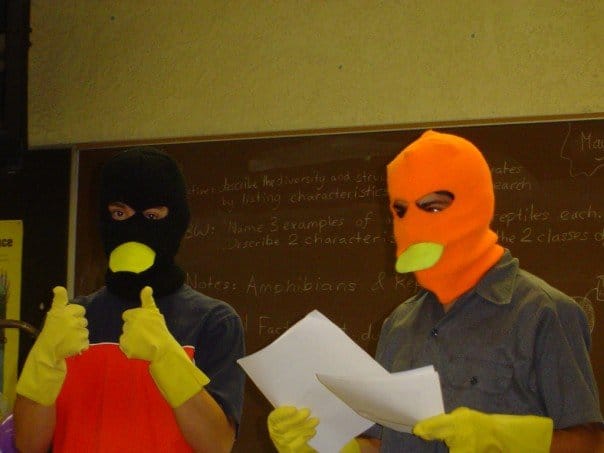
 RSS Feed
RSS Feed